Auditing Standards in Transatlantic Operations
- Posted by admin
- On December 16, 2024
- 0 Comments
Auditing standards are integral to ensuring the accuracy and reliability of financial reporting. For organizations with operations across the United States and the United Kingdom, navigating the distinct audit requirements of both jurisdictions is vital for maintaining compliance and preserving investor confidence.
Key Differences in Audit Practices
Auditing practices in the United States and the United Kingdom reflect distinct regulatory philosophies and approaches. This comparison highlights key differences for professionals operating across both jurisdictions on audits of Public Interest Entities (PIE).
| United States | United Kingdom | |
| Regulatory Oversight | Governed by the PCAOB, AICPA, and State Board. Focus: investor protection through strict standards. | Regulated by the FRC, ICAEW, or ACCA, emphasizing transparency and “true and fair” representation. |
| Audit Objectives | Ensure fair presentation of financial statements under U.S. GAAP. | Provide a “true and fair” view, typically under IFRS. |
| Materiality Determination | Primarily quantitative thresholds, with qualitative factors for key risks. | Holistic approach blending quantitative and qualitative considerations. |
| Reporting Requirements | Audit reports for certain public interest entities highlight Critical Audit Matters (CAMs). | Reports for certain public interest entities include Key Audit Matters (KAMs) with detailed narratives. |
| Fraud Responsibilities | Assess fraud risk; design audit procedures accordingly. | Actively consider fraud risks; engage with governance bodies. |
| Going Concern Assessment | Focuses on management’s evaluation for 12 months or less. | Broader evaluation, often beyond 12 months, with viability statements. |
| Independence Standards | Strict PCAOB and SEC rules prohibit certain non-audit services. | FRC’s Ethical Standard emphasizes objectivity and limits non-audit services. |
| Internal Control Evaluation | SOX 404 mandates ICFR opinion. | Controls evaluated only as necessary for audits; no SOX 404 equivalent. |
| Audit Committee Oversight | Mandated for public companies (SEC). | Recommended under the U.K. Corporate Governance Code. |
| Documentation Standards | Detailed work papers retained for 7 years. | Retention for 6 years under Companies Act guidelines. |
| Quality Inspections | PCAOB conducts inspections; findings are public. | FRC inspections focus on quality but are less publicized. |
| Auditor Liability | Significant exposure to class-action lawsuits. | Proportionate liability with caps allowed. |
| Peer Reviews | Mandatory, complementing PCAOB inspections. | Voluntary or internal, with no mandatory peer reviews. |
| Technology Integration | PCAOB encourages AI and data analytics. | FRC supports tech use, balancing automation with judgment. |
Key Takeaways
- U.S. Public Company Auditors: Compliance-focused, detailed reporting under PCAOB regulations.
- U.K. Public Company Auditors: Principles-based auditing, comprehensive governance interaction.
Case Study: Transatlantic Compliance
A U.K.-headquartered multinational, GlobalTech Ltd, listed on both the New York Stock Exchange and the London Stock Exchange, illustrates the challenges of dual compliance. To address divergent requirements from the PCAOB and FRC, GlobalTech formed an internal audit committee with cross-border expertise. This initiative enabled the company to streamline its audit approach while adhering to jurisdiction-specific regulations, ensuring robust financial reporting standards.
Strategies for Managing Dual Audit Requirements
Develop a Unified Audit Framework:
Design an overarching audit strategy that aligns with U.S. and U.K. standards, prioritizing compliance with the stricter of the two to ensure comprehensive coverage.
Leverage Local Expertise:
Engage local auditors in each country with deep knowledge of U.S. and U.K. regulations to provide targeted oversight and mitigate compliance risks.
Invest in Continuous Training:
Regularly update audit teams on evolving regulations and best practices in both jurisdictions to maintain operational efficiency and compliance.
Adopt Integrated Reporting Tools:
Implement advanced reporting solutions to meet the nuanced disclosure requirements of both jurisdictions, ensuring clarity and consistency in financial communication.
Conclusion
Operating across the U.S.-U.K. corridor demands a strategic, informed approach to audit compliance. By recognizing the distinctions between these regulatory landscapes and deploying harmonized strategies, companies can uphold their fiduciary responsibilities, mitigate risks, and sustain investor trust.











0 Comments